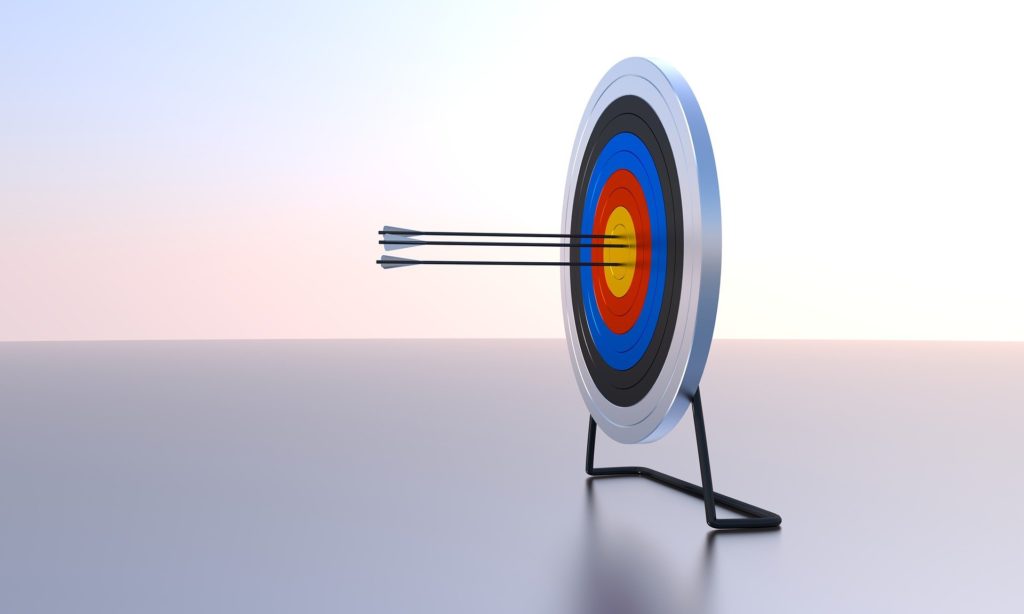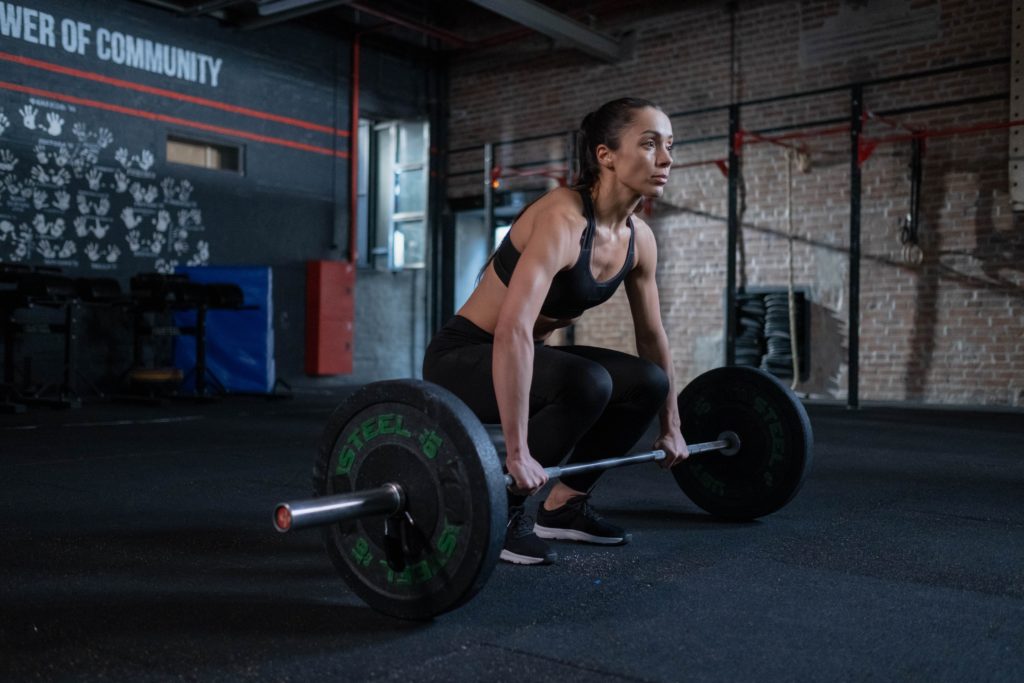Just because you have a number, it doesn’t mean anything. The market is now flooded with dynamometers and devices to acquire data, which is great. However, most people don’t understand how accurate or inaccurate their measures are, and thus this renders them useless in guiding decision-making. So let’s look at measurement error and 3 ways to improve the accuracy of your strength tests.
Assessing strength using dynamometry
Up until very recently, conducting objective assessments of muscle force production in clinical and rehabilitation practice was quite difficult. Only a few hand-held dynamometers (HHDs) were available to the clinician to buy and larger more established systems, such as isokinetic dynamometers and custom-built rigs were (and still are) prohibitively expensive for the average clinic. Furthermore, it’s taken a while for the rehabilitation professions to embrace objective testing, en mass.
It’s great that we’re now in a position to more routinely obtain objective outcomes but, do we really understand what the data means that we obtain? Not only that, how certain are we that that data is representative of ‘real’ performance and isn’t massively diluted by measurement error?
Let’s use an example.
Assessing difference between tests
Right, here we have a hypothetical test. We’ve conducted an assessment of let’s say quadriceps muscle strength prior to commencing a rehab or conditioning programme and then at four points at 2-weekly intervals throughout the programme.

Where in time has performance changed – where has it improved? Difficult to say, especially as I haven’t put any numbers down. So let’s do this and in percentage terms, relative to baseline …

Now can you tell? You may think that this is easy, 4% increase relative to baseline is a change in performance, thus we can say the person has got stronger by 4% in 2 weeks.
Or can we?
Truth is we don’t know, yet. At this point we have no idea what the error on measurement error is. That is to say if we were to take a measure of strength with this specific (hypothetical) kit in this way, how close is it to a person’s true performance. This might sound silly. A number is a number and that person produced it, so of course it’s real.
But this isn’t true. Even with the most sensitive, properly-calibrated kit under the most robust measurement situations error still exists. Two assessments of a person’s strength conducted in exactly the same way within a few minutes will not yield exactly the same result. The aim is to make that measurement error as small as possible.
Measurement error
Okay, so now let’s consider the measurement error for this hypothetical test. In a future post (and for a whole course for clinicians on this see here) , I’ll tell you how you can start to calculate this for yourself, for your own tests. But for now let’s look at how error influences interpretation.
The error on this assessment of muscle strength was calculated as +/-6%. This means that the score obtained is likely to reflect true performance by +/-6%. In absolute terms, if the figure obtained at baseline was 100N, then the true score would lie somewhere between 106N – 94N.

Now you can see that we can’t be confident that 4% difference is a real change in performance; we need scores to differ by at least 6% to baseline to more confidently conclude this. So, it’s at point 3 where we can say that person has, in this example, increased muscle strength.
Now, let’s translate that to practice. In the early stages of a rehab or conditioning programme, we’ll likely see large differences or changes in performance. But as we progress, adapt and come closer to that important decision of when it’s safe to return to sport or activities, small differences matter.
If you’re looking for a 95% inter-limb symmetry, is your test sensitive to that level of difference i.e. 5% difference between limbs; what is the measurement error? You can see the importance now, right?
If you want to get super geeky and really into measurement error, check this paper out – it’s deep 😉
3 Ways To Improve the Accuracy Of Your Strength Tests
There are several ways in which we can statistically improve the error on a measurement, and let me tell you that this is so important when we’re testing an individual. In group settings and in research studies, we can manipulate the number of people in a group to achieve the statistical power to detect a desired level of difference. When we’re testing a single person over time, or between limbs we can’t do this, obviously. We can do something else but here are the 3 things you can start with straight away.
- Standardise the test set-up – rigorously! You’d be surprised of the effects of small deviations. This includes test set-up, familiarisation, equipment and consistent verbal instruction even.
- Minimise extraneous movement. Isolate the joint & use strapping, good seating/benches, secure the rest of the body
- Remove yourself as a source of variability. This is especially for HHD testing, particularly if you’re at the other end of the HHD (vs externally fixating it)
What next?
If you’re keen to learn more about dynamometry, which one to buy, how to conduct reproducible and accurate tests, click below and answer 5 questions to get on the waitlist to a brand new course AND be inline to win some free training!


